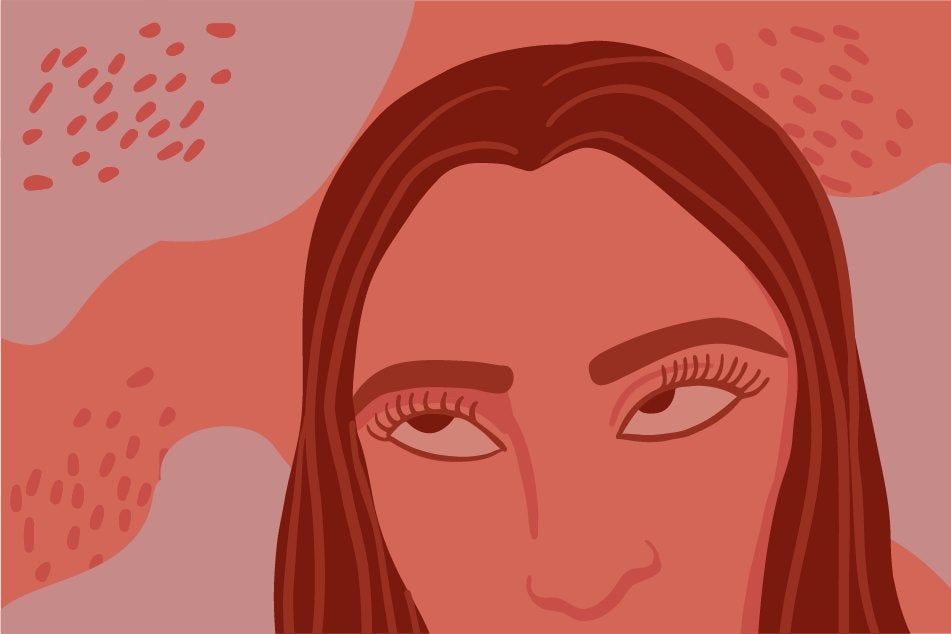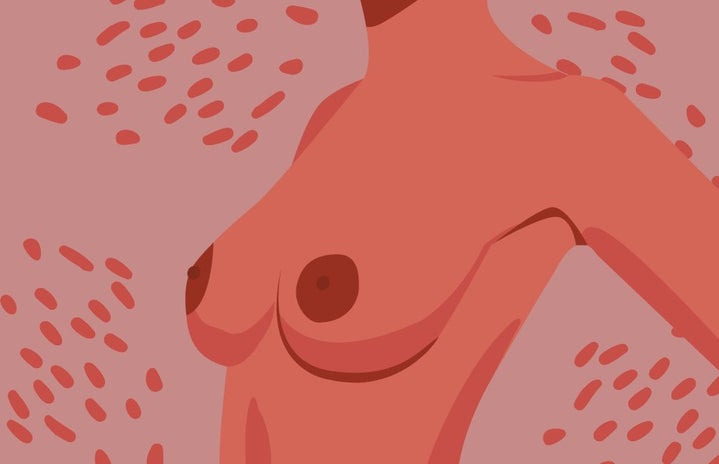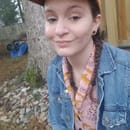As I was lying on the table, having my breast ultrasound, I noticed postcards of lighthouses thumbtacked to the wall.
The young woman in scrubs was looking for a mass in both breasts at another doctor’s insistence.
It happened so fast. You see a doctor for pain on Monday, and they send you to another for a second opinion by Wednesday– if not sooner.
Everyone looks at you like they’re grateful not to be the one to tell you the bad news.
But, I looked at the lighthouses and I thought of how lighthouses mean different things in different cultures. Americans tend to see lighthouses as beacons of hope. We live in a country based on a half-baked exodus mythos where everyone came over to this land on boats, and so, a beacon that draws boats to the shore is very comforting to us.
The Japanese see lighthouses as symbols of loneliness and melancholy.
I felt like a Japanese lighthouse.
For me, my fear in those three short days was so acute because—like many women—I had trouble seeking medical care for my breast issues during the COVID-19 pandemic. I had started to feel pain in my left breast in August of 2020, and it took a year for clinics accessible to me to open back up.
In March of 2020, when the World Health Organization (WHO) declared COVID-19 a global pandemic, many of the more accessible resources for college-aged women resorted to providing most of their services via telemedicine, such as Planned Parenthood. More so, in March, the Centers for Disease Control and Prevention (CDC) as well as the Centers for Medicare and Medicaid Services (CMS) along with local and state governments, recommended delaying elective care. This encompassed procedures not deemed urgent or emergencies– including screenings.
Because of my age, I was told over the phone my pain was probably related to caffeine sensitivity. I was told over the phone, because of my age, I had nothing to worry about.
According to the Young Survival Coalition, a group founded in 1998 that helps amplify the voices of breast cancer survivors under 40, approximately 70,000 men and women ages 15 to 39 are diagnosed with cancer in the U.S.; breast cancer being the most common for women in this age group. Younger women generally face more aggressive cancers and lower survival rates, and nearly a 1,000 women under the age of 40 die from breast cancer every year.
Because of my age, I couldn’t see a doctor for a physical examination until almost a year later. And she found a mass in each breast.
I thought about the absence of space my future may hold. The absence of space on my chest, the absence of my presence in the classroom, my absence in the bed I share with my husband.
Would I get reconstruction surgery? Would I be missed by professors and peers? Where would my husband’s hands fall in the night if I wasn’t there? How long would these spaces stay empty?

In an article published by CNN in 2011, one of many in existence covering the phenomena of men leaving their spouses during times of illness, a 2009 study published in the journal Cancer found that married women are six times more likely to be divorced or separated than a man with a similar diagnosis. The divorce rate was 21 percent for seriously ill women and three percent for men, suggesting that “in sickness and in health” means more for those who identify as female than those who identify as male.
Were my husband and I ready for this? Should I even finish my degree? How long before I tell people? My professors? My Mom? My best friend?
The exam was brief and awkward. For once in my life, I couldn’t think of anything to say. It felt odd making eye contact with the stranger who was seeing a very private part of me without even taking me out to dinner first, so I just stared at the lighthouses all pinned in a neat little row. When finished, she told me she was going to have a specialist look at the results, and she would be back shortly. Like an unpleasant date, she tossed a warm washcloth on my creaky plastic bed so I could clean the ultrasound gel off myself. And she left.
And I was a dimming beacon of light shining on a vacant, restless sea.
But, I am one of the lucky ones—for now. The prognosis was dense breast tissue, which is common and normal—especially in younger women. However, according to the Mayo Clinic, it may make it so future cancer is harder to detect via a mammogram. It also increases my risk of breast cancer in the future, though medical experts aren’t sure why. The woman in scrubs was curt when she told this to me.
“Come back and see us when you’re 40,” she said, leaving the room. Because of my age, my questions and concerns were dismissed as senseless worry.
According to the National Breast Cancer Foundation, an organization founded in 1991 by cancer survivor Janelle Hail, women of all ages should perform a breast self-exam at least once a month. If you do find a lump, you should see a doctor as soon as possible. Eight out of ten masses are not cancerous, but a second opinion is critical regarding breast care. Furthermore, you should be aware of changes in breast shape, texture, and sensitivity. There can be many non-cancerous reasons for breast pain, including benign cysts which are common in premenopausal women. More importantly, college-aged women need to reconsider breast health as something vitally important for them now—not something to think about in the future.


